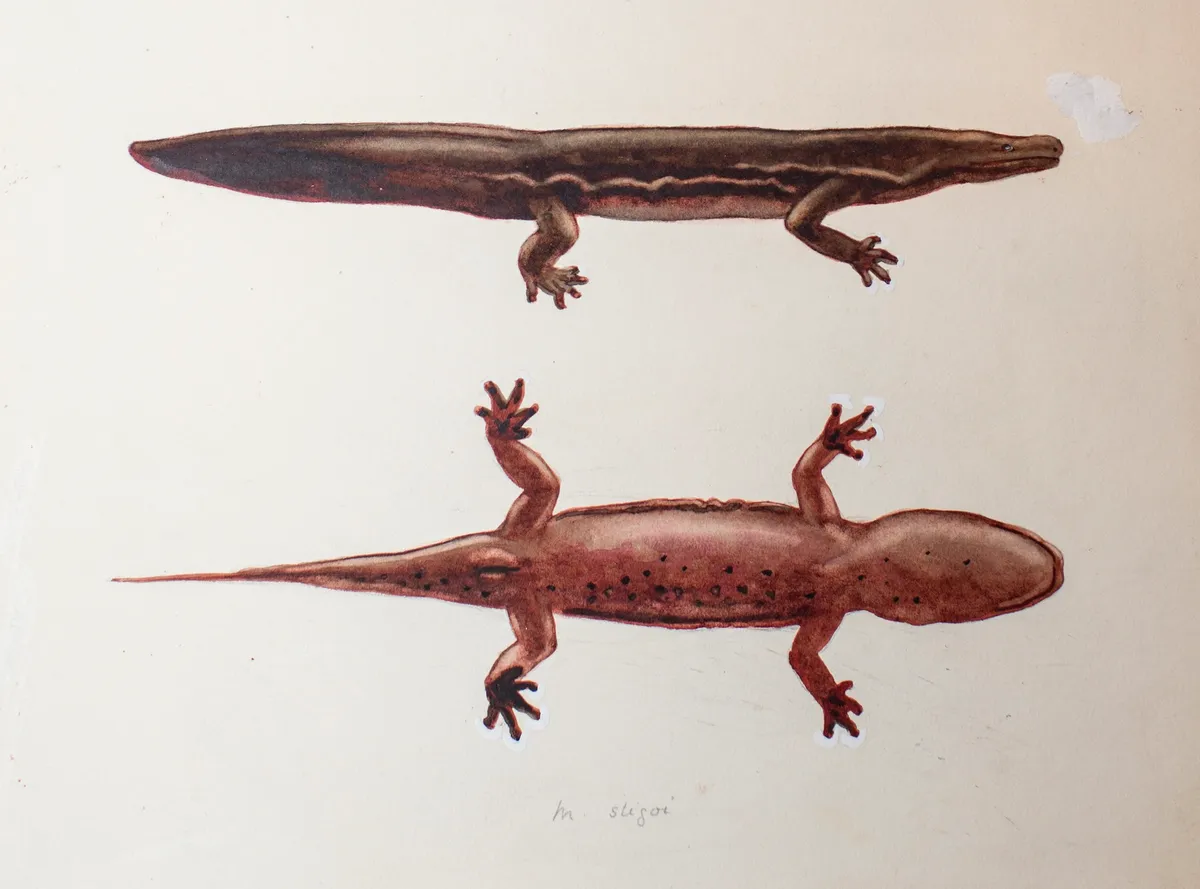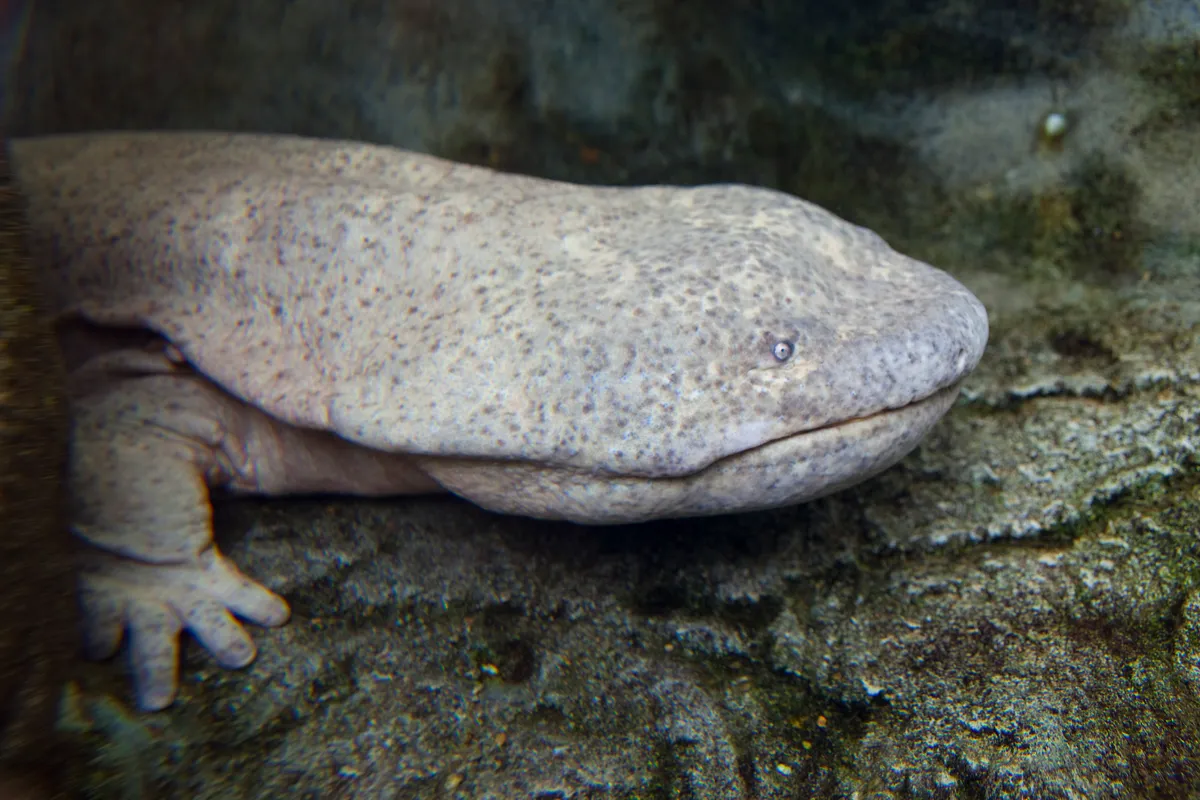Researchers at London’s Natural History Museum have identified two brand new species of giant salamander using DNA taken from specimens collected in the early 20th century, one of which is thought to be the world’s biggest amphibian.
Chinese giant salamanders, already known to hold the record for the biggest amphibians as a group, were previously considered to be a single species, known scientifically as Andrias davidianus.
The new research reveals however that there are three genetically distinct lineages, each from separate regions of China.
The largest of the newly identified species, reaching nearly 2 metres, has been named the South China giant salamander Andrias sligoi, the other is as yet unnamed.

This discovery comes from the use of contemporary DNA sequencing methods on preserved historical specimens.
These salamanders were collected before the species was commonly transported from region to region, and so can tell us more about where and how these distinct species originated than current specimens can.
The new analysis suggests that the divergence between the species occurred between 3.1 and 2.4 million years ago, which is approximately when the Tibetan Plateau rose rapidly forming new mountains in China.
The study’s lead author Professor Samuel Turvey explains that the separation of giant salamander populations from each other because of these new mountains may have started them along the evolutionary path to being distinct species, as they each adapted to different landscapes.
This divergence due geographic isolation, where physical barriers prevent breeding between populations, is known as allopatric speciation.
Although once widespread throughout China, wild giant salamanders are in steep decline, due to their popularity as a prized luxury food and in Chinese traditional medicine. The IUCN lists the species as Critically Endangered.
The discovery that they are in fact not one, but three distinct species makes targeted conservation efforts all the more important if the species is to be saved.

“These findings come at a time where urgent interventions are required to save Chinese giant salamanders in the wild," explains Melissa Marr, a PHD researcher at the Natural History Museum.
“Our results indicate that tailored conservation measures should be put in place that preserve the genetic integrity of each distinct species.”
These findings also highlight the contribution that previously neglected museum specimens can make to our understanding of existing populations.
Instead of languishing in jars these preserved samples can become valuable sources of genetic information, providing new insights into the evolutionary history of species and helping us to conserve them for future generations.
Read the full paper in Ecology and Evolution.
Main image:Wild Chinese giant salamander. © Ben Tapley/ZSL
